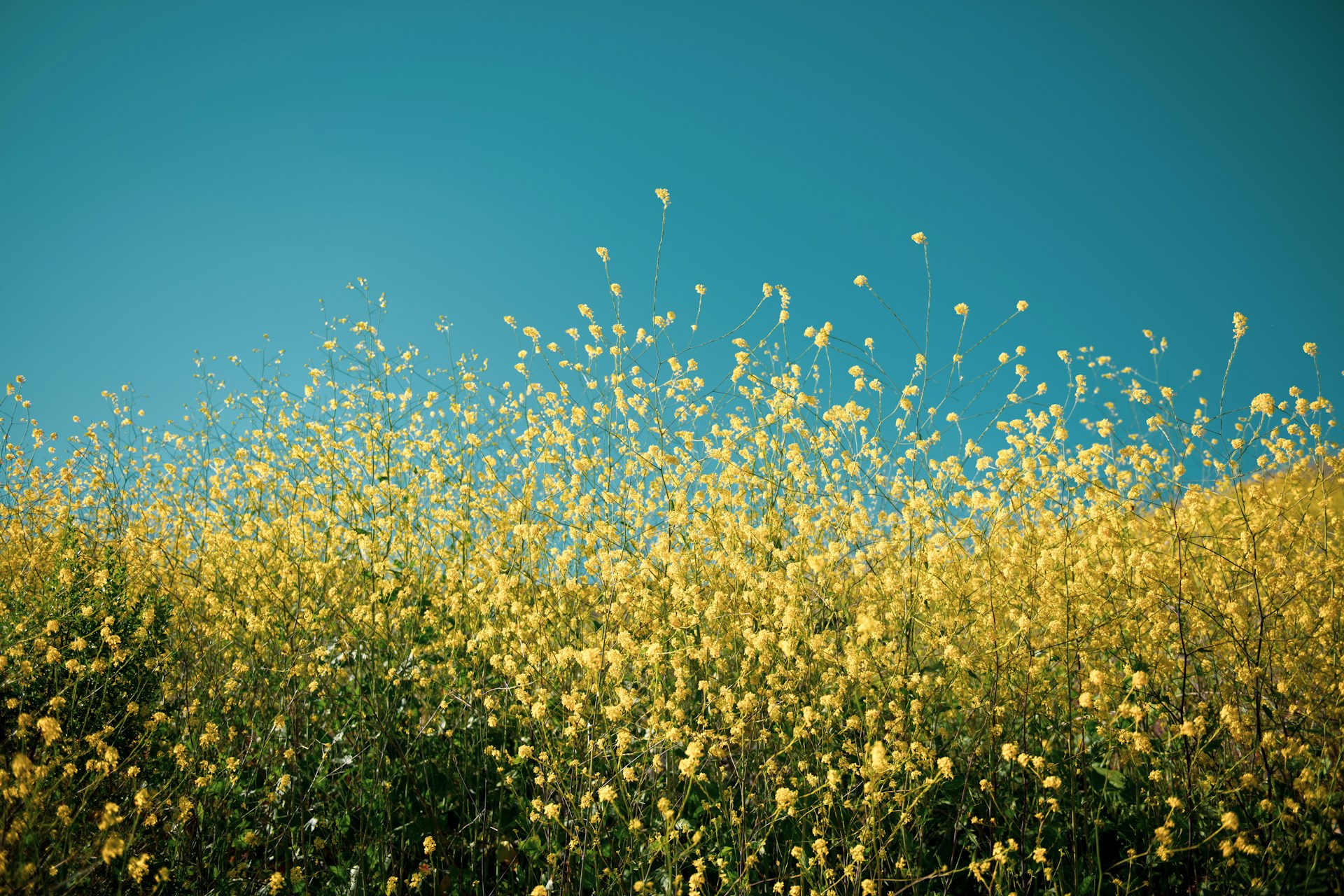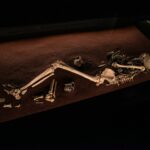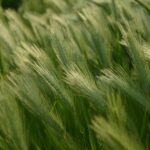by nat raum
There was a moment in my undergrad photography program where I should have known I was meant to work across disciplines: a beloved professor of mine once told me that my final prints were perfect, but that I shouldn’t have adhered their accompanying text to the mat. “It’s not part of the work,” he said.
As a lifelong writer, it’s difficult to imagine something unmarked by words. I was a child who printed and stapled together booklets of my original songs, illustrated by whatever I’d made using the spray paint tool in MS Paint. Again, these clues about me working across disciplines have always been there; image and text have always coexisted for me in this way. Early graphic design attempts of mine always featured a text component. And as my photography grew more conceptual, so did its relationship to writing — in my mind, photographs often formed in response to statements or thoughts. Insecure thoughts pair with intimate self-portraits in my debut photobook, What Are You Looking At? Direct quotes from lovers pair with photographs of doorways in my Ed Ruscha-inspired photobook, Some Baltimore Structures and Dwellings in Which I Have Been Intimate. There is always an inextricable tie between what is being said and what is being seen.
Something I felt tasked with as a photography student was the elusive gallery presence. After all, look what happened to me when I tried to present text and image as equal on the wall. A date once also took me to task over my insistence on thinking serially; he wanted me to focus on making one big image with a lot of impact, and like, I get it — it’s probably objectively better to present one amazing thing than six really good things. But what if the six really good things tell more sides of the story? That was where the problem really lay — my work was about sexual violence. My thoughts, and the way I was expressing them, rarely tied together in a bow as perfect as one picture.
I then started to reject the idea that a picture is worth a thousand words. Yes, there was a language in photography that allowed me to say things that words couldn’t — but just as important was the context, the intrusive thoughts, the actual things that human beings had said and done to me. By the end of my time in art school, I knew that nothing photographic could ever hope to replace that aspect of my work, and furthermore, I didn’t want it to. I grew closer and closer to the book as a form, warping most of my assignments into an opportunity to make a book. This was it — the thing that packaged my story into one self-contained unit for a viewer. The answer to my perpetual instinct to think serially. The natural marriage of image and text. The list went on, but considering I had declared a book arts minor out of convenience 1, the form worked serendipitously.
After undergrad, the rules loosened up, but I had nothing left in the tank. Four years of being constantly creative with a two-week turnaround had me absolutely sapped for ideas. I carried a point-and-shoot film camera around that summer while my dad admonished me about the DSLR that collected dust on my desk. And after that creative drought, my first idea for a photo series was born, yet again, of writing. I rolled over one night at three in the morning and began talking to Siri about my intimacy issues, dictated into my notes app. The result became my third major monograph concept, and photos in a sparse but intentional series depicted the world as I had come to know it — as a bartender, I was awake while everyone else was asleep, and that wasn’t the only way I felt alone. Another similar fit of creativity spawned a poem that spawned another book, which would later be the first I published with my press, fifth wheel press. That fall, I would gather diary entries both photographic and written for a zine about the trauma the month of October holds for me. At last, the wheels were off, and I was fully down the rabbit hole of image/text processes.
Naturally, the more I grew as an image/text artist, the more I grew as a writer and the more I carried the idea of thinking serially over to my writing — collections, for me, are inherently driven by concept and theme, and from there, it’s a process of iteration. Within the framework of my process, a poetry chapbook usually begins as a web of ideas that feel connected to the same concept, with notable examples including a funeral ceremony for my feminine identity and heteronormative childhood (preparatory school for the end of the world), an exploration of objects as agents for trauma based on Witcher 3 wraith lore (specter dust), and a series of roasts of art-world bad boys and fuckboys (inside baseball). In this way, I feel sometimes like people can’t possibly believe I put out work this quickly, for one. But I also feel that my writing practice is still rooted in this act of uniting the disparate, the fragmented portions of a narrative, and creating a cohesive whole that conveys the depth of an experience.
And still, photography finds its way into my practice. It’s still rare for me to take out that DSLR I got so much shit about, but I’ve worked photography into two full-length collections now, both of which focused on archive in their own way. (I’ve always seen photography and archiving as extremely similar practices, but that’s a different essay topic.) My poetry professor periodically reminds my cohort that we each have our own skillsets outside of writing that we can always draw on. My interests are vast and perhaps overly varied, but right now, photography is at the core of my poetry practice as an image and theme. I spent so much of my life living alongside a lens (in front of or behind) that it bleeds into the way I see everything.
When I was twenty and hated everything, I didn’t think a picture was worth a thousand words. I still don’t think a picture is worth a thousand words, but I can appreciate what my photography professor and even my date had to say. There is something intangibly powerful about a photograph’s ability to capture something exactly, even in an abstract sense — look at a meme from 2014, for example, and tell me that thing’s not timestamped. But I think what I’ve ultimately figured out is that there is a place for a narrative like mine in the exact medium that suits it, and sometimes that medium lies somewhere in the both/and-ness of image/text. Sometimes it’s a poem. Sometimes it’s still a photograph. It always makes sense, even if it’s just to me.
It’s in my nature, perhaps, as a queer artist, to bend a binary way of thinking, even if that binary is just a traditionalist’s way of looking at a photograph on a wall versus that same outlook on writing. There is not a world in which photography and text do not coexist as part of the same practice for me; they are incomplete without each other. They are each essential components of the story. And the book will likely never cease being at the center of my practice — I can think of no better way to contain myself, in all my multitudes.
- At the time, a book arts minor at my college spanned six departments and required very little beyond taking a certain amount of classes designated as book arts classes. Additionally, the chair of the photography department had just allowed students to use book arts classes to fulfill their advanced elective requirements, making it an even sweeter deal.
nat raum (b. 1996) is a disabled artist, writer, and genderless disaster based on unceded Piscataway and Susquehannock land in Baltimore. They hold a BFA from the Maryland Institute College of Art and an MFA from the University of Baltimore. They’re the editor-in-chief of fifth wheel press and the author of this book will not save you, fruits of the valley, random access memory, and many chapbooks and photobooks. Find them online at natraum.com.



Add your first comment to this post